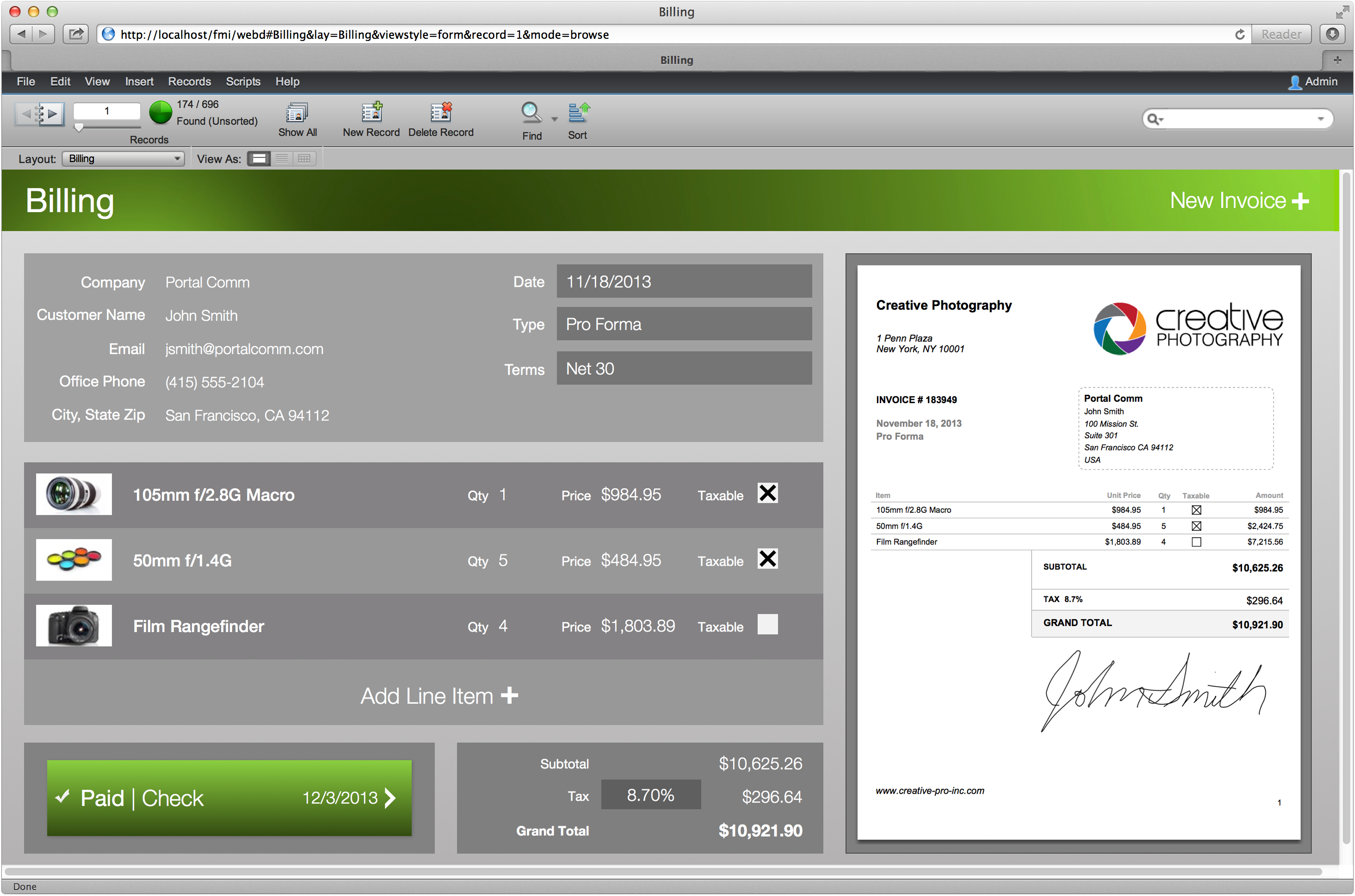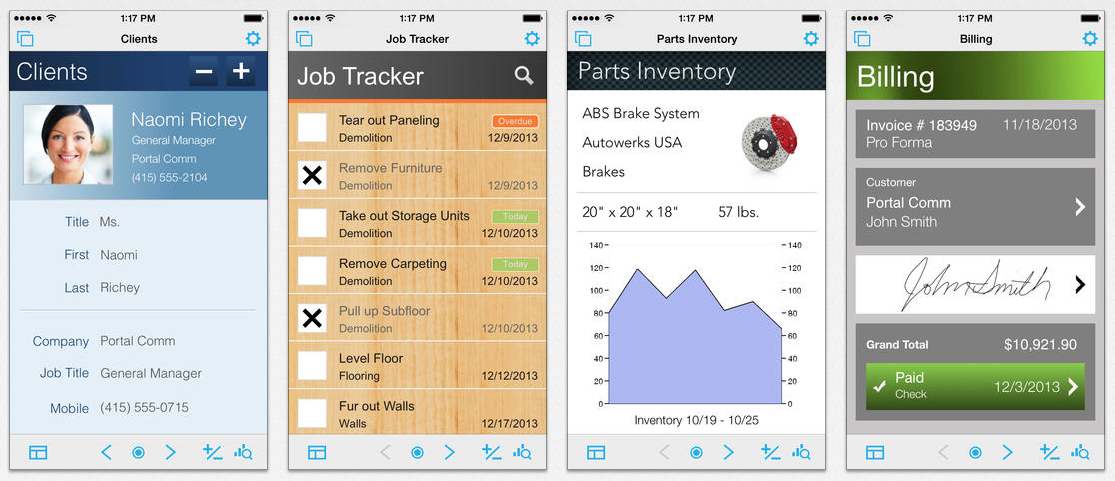
- #Filemaker fmdiff change creator version full#
- #Filemaker fmdiff change creator version pro#
- #Filemaker fmdiff change creator version verification#
However, it is NOT the recommended option. Many FileMaker administrators choose the first option, because it is the quickest way to get up-and-running.
#Filemaker fmdiff change creator version pro#
Database may be damaged use the Recover command in FileMaker Pro 16. At this point, FileMaker Server sent out another notification email: When I began my work the next day, I closed the file in the FileMaker Server admin console and then tried reopening it, but it wouldn't open. Since it was Sunday, we agreed that I would work on addressing the issue the next day towards the end of the work shift. I checked in with my client, and he reported that users were still able to use the system.
#Filemaker fmdiff change creator version verification#
The file opened without any errors at that time.Ī few days later, FileMaker Server ran a weekly backup with verification enabled. Progressive backups had been turned on, so I replaced the database with a progressive backup from 11:44 am – right before the crash. I checked the Windows Server system and event logs to pinpoint the time of the server crash.

#Filemaker fmdiff change creator version full#
It said the database was damaged and could not be opened.īelow is the full notification that was sent.

I learned about the outage about an hour later, thanks to a 12:40 pm FileMaker Server email notification. My client's server crashed on Tuesday, April 17th at 11:45 am. Error 242 Database could not be opened may be damaged What follows is an account of how the new Data Migration Tool made it possible for me to quickly address a database corruption issue for one of our clients. This is exactly what happened to me not too long ago. However, if you find yourself in a situation where you have to recover from a damaged file, you will suddenly develop a strong appreciation for the existence of this new tool. The second use case will probably not garner as much notice.

Please see my colleague Matt Hintz's post for a detailed examination of this use case. The first use case is likely to receive the most attention. Revert to a known clean clone by migrating data from a damaged production file.



 0 kommentar(er)
0 kommentar(er)
